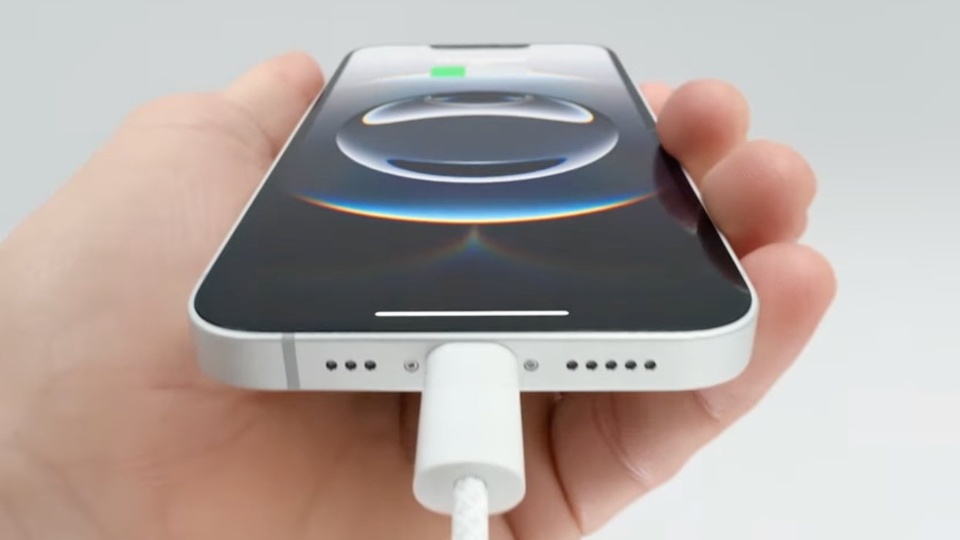 |
If you wear a magnetic MagSafe case, you can still use your existing MagSafe chargers. Photo: AppleInsider . |
Although it has not officially hit the shelves, the iPhone 16e has become the center of controversy. This iPhone model does not support MagSafe charging. This decision surprised users when considering that it has the same high-end hardware as the iPhone 16/16 Plus.
As soon as rumors emerged that MagSafe charging could interfere with Apple's new C1 chip - the chip responsible for wireless connectivity on the iPhone 16e - Apple quickly denied this information. According to the company, the reason the iPhone 16e stopped supporting MagSafe had nothing to do with C1.
The most likely scenario is that Apple is cutting back on features to reduce manufacturing costs. But that doesn’t mean the iPhone 16e can’t use MagSafe at all.
Initial tests have shown that using a magnetic case will still allow the device to charge using MagSafe. It even improves wireless charging speeds. Tests have also shown that using MagSafe does not interfere with the performance of the C1 chip.
An accessory maker ran two tests on the iPhone 16e to assess the impact of the MagSafe case on charging speeds and to verify whether there was any disruption to cellular connectivity. The results, shared with BGR, showed that the iPhone 16e did not experience any issues with network signal when using the MagSafe case.
From the iPhone 12 onwards, all iPhone models (except the iPhone SE 3 and iPhone 16e) have a magnetic ring inside the back, which helps to align perfectly with the MagSafe charger and included accessories.
In addition, Apple also uses proprietary technology to increase the speed of wireless charging via MagSafe up to 15W, twice as fast as the regular Qi standard. With the iPhone 16 series, this speed has been increased to 25W when using the right accessories.
However, the iPhone 16e lacks a magnetic ring and components that support safe charging speeds. One of the reasons could be the issue of temperature control. Wireless charging is prone to overheating if not optimally designed. This could be the reason why Apple only equipped the iPhone 16e with the 7.5W Qi charging standard instead of faster standards.
However, if you wear a magnetic MagSafe case, you can still use your existing MagSafe chargers. While the magnets in the case don’t connect directly to the iPhone 16e’s internals, they help the phone align properly with the MagSafe charger.
Thanks to that, the charging speed reaches a maximum of 7.5W, instead of dropping below 5W due to misalignment when manually placed on the wireless charging pad.
In addition to the charging test, the accessory maker also tested the 5G connection on the iPhone 16e to determine if there was any signal interference. The results showed that the magnets in the MagSafe case did not affect the C1 chip, proving that the interference issue rumors were unfounded.
In addition, the iPhone 16e still retains the glass back design of previous generations. Although Apple has improved durability over the years, the glass is still at risk of breaking when dropped. Therefore, using a case will help increase the protection of the device.
Finally, it’s worth noting that the iPhone 16e has impressive battery life and is equipped with a USB-C charging port, just like the other iPhone 15 and 16 models. Wired charging is still faster than wireless Qi charging. With a long battery life, this phone can absolutely last all day without worrying about charging mid-way, according to BGR .






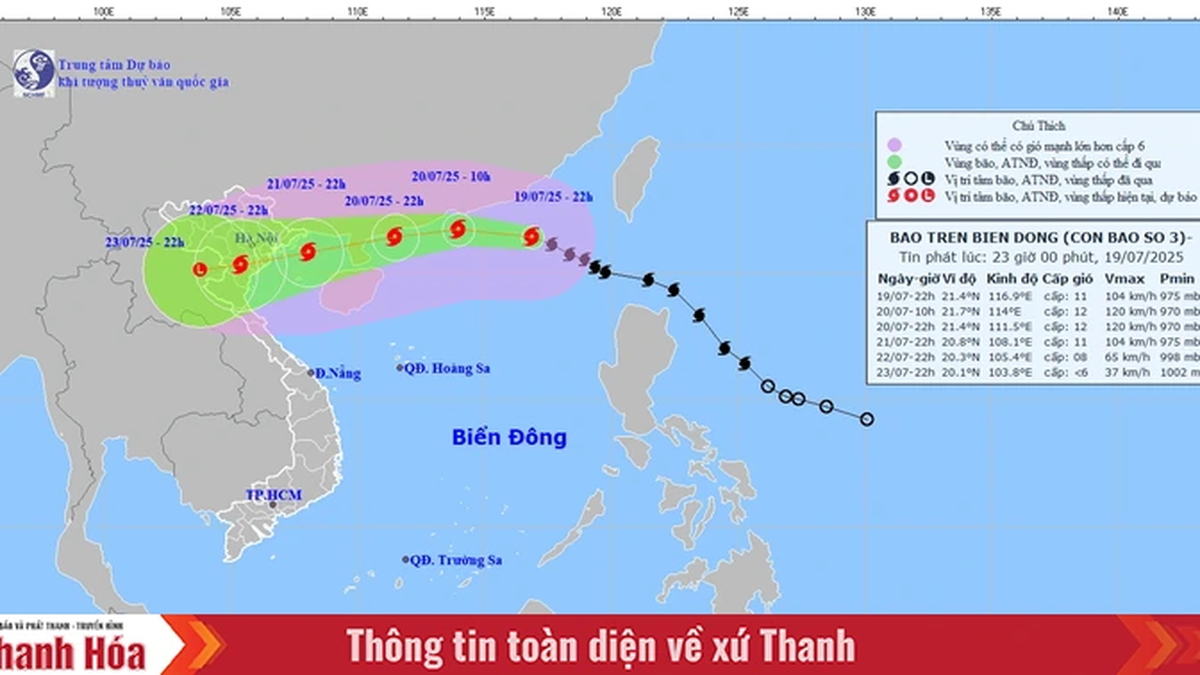



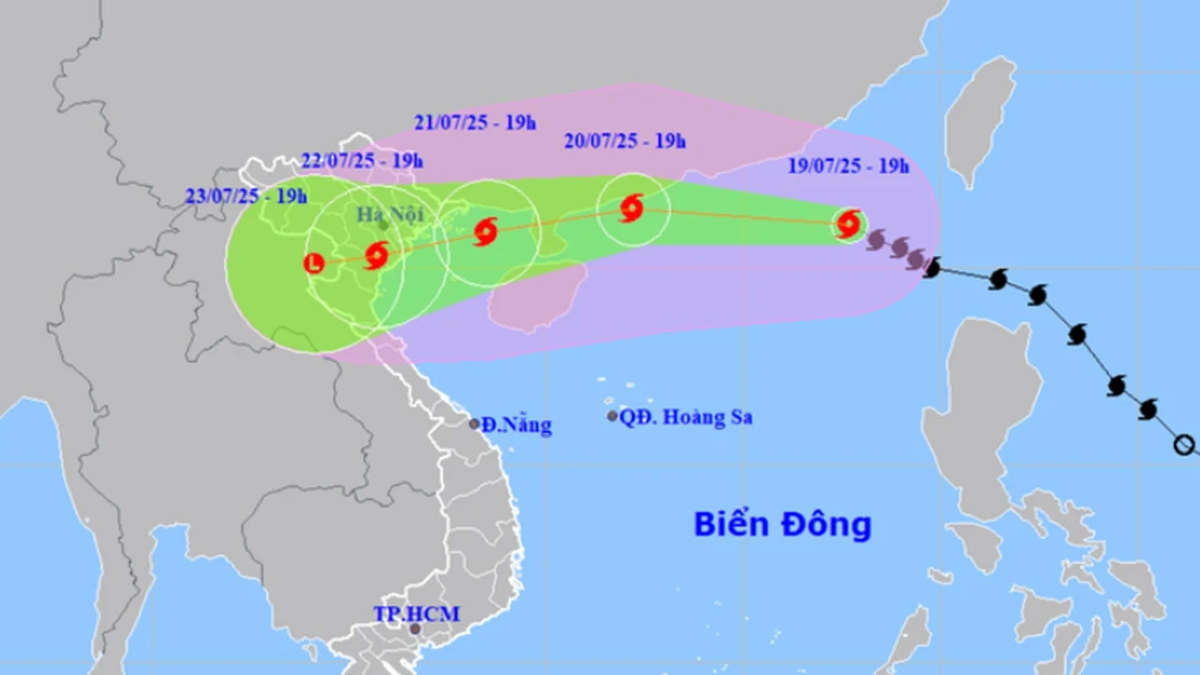



















































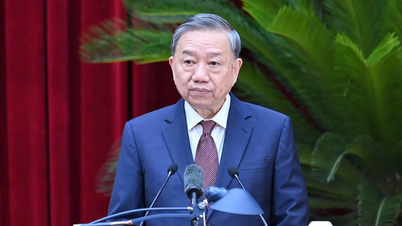
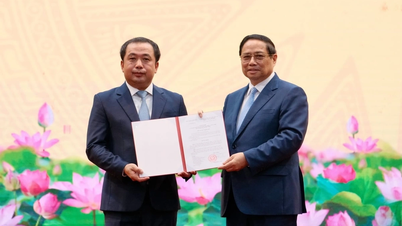








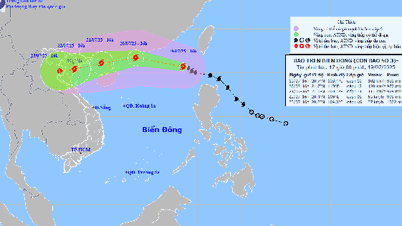

























Comment (0)